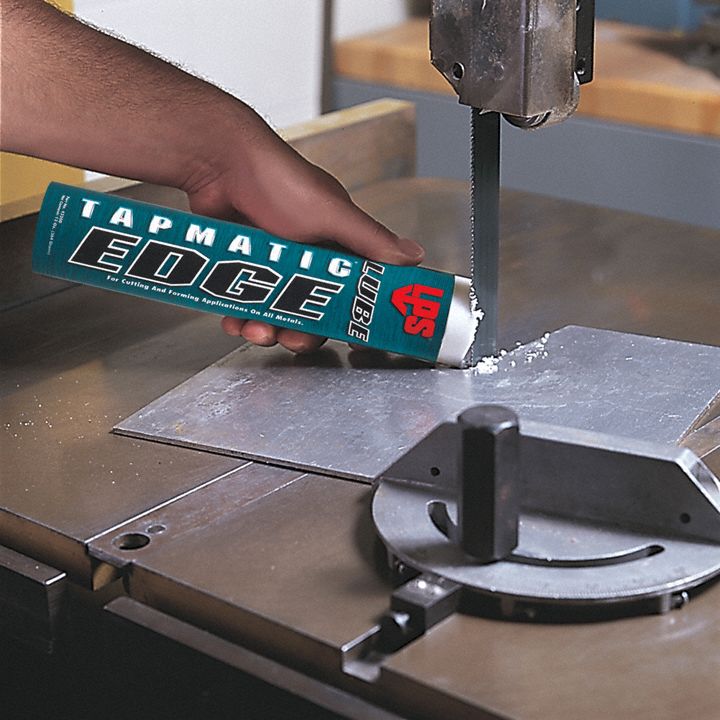rmwarren
Member
- Joined
- Jul 11, 2010
- Messages
- 3,063
There seems to be enough interest to perhaps fuel a running thread dedicated to this topic?
I've done a fair amount of aluminum work with woodworking tools, but would appreciate feedback on the finer points. Specifically, cutting precise slots using a router.
An upcoming project will require several 8mm slots in 3/8" bar stock and I need them precise, straight and tight width tolerance. I have a Shaper Origin & O flute bits so that seems the best route.
Any suggestions on DOC, spindle speed, etc? Also aluminum series, I tend to default to 6061 but it's just habit. [member=44099]Cheese[/member] [member=25351]rst[/member]
Thanks.
RMW
I've done a fair amount of aluminum work with woodworking tools, but would appreciate feedback on the finer points. Specifically, cutting precise slots using a router.
An upcoming project will require several 8mm slots in 3/8" bar stock and I need them precise, straight and tight width tolerance. I have a Shaper Origin & O flute bits so that seems the best route.
Any suggestions on DOC, spindle speed, etc? Also aluminum series, I tend to default to 6061 but it's just habit. [member=44099]Cheese[/member] [member=25351]rst[/member]
Thanks.
RMW





